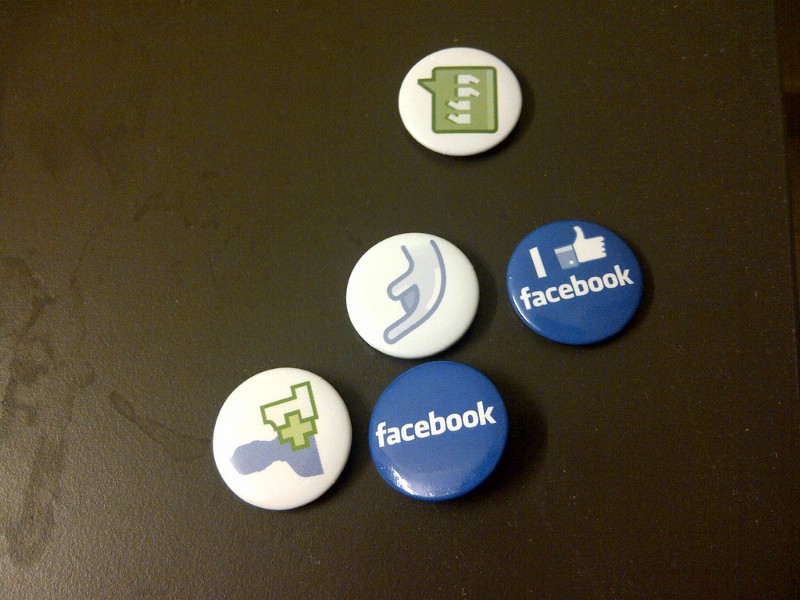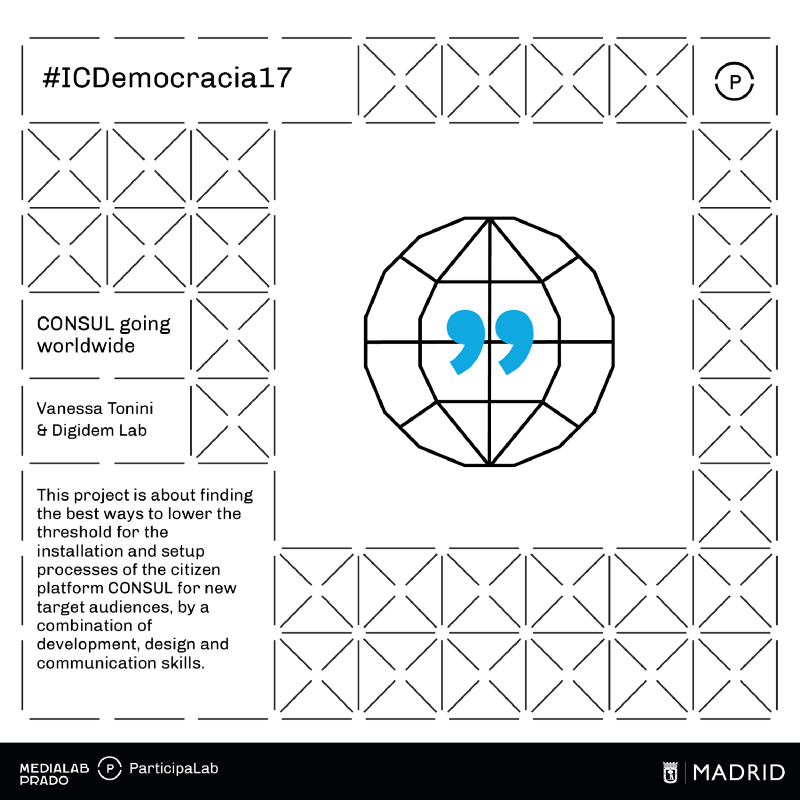Idén till plattformskooperativ kommer ur insikten att det som vid första anblicken verkade vara ett praktiskt sätt att dela tjänster, så som AirBnb och Uber, spårat ur till vad som kallas plattformskapitalism.
Via sin digitala plattformar drar företagen in enorma pengar på folks vardagliga arbete, men ger väldigt lite tillbaka, både till lokalsamhällena och de som bidrar med sina tjänster. I ett plattformskooperativ är det istället de som hyr ut sin lägenhet eller skjutsar någon som gemensamt äger verksamheten, för att på så sätt skapa lösningar som är socialt hållbara och ekonomisk lönsamma för fler.
När vi tänker på konsumentkooperativ idag, alltså företag där konsumenterna gemensamt äger företaget, är det ofta stora etablerade företag som Coop och Folksam vi tänker på, där det kan vara svårt att se den ursprungliga tanken med den typen av organisation. Men när de traditionella kooperativen bildades var det ett sätt att bryta monopol, ta tillbaka kontrollen över en orättvis prissättning och se till att vinsten från verksamheten återinvesterades i bättre utbud och tjänster.
Med plattformskooperativen har vi möjlighet att bryta liknande monopolsituationer på nätet, och garantera att vinsterna av våra små arbetsinsatser med att köra taxi eller hyra ut en lägenhet inte automatiskt hamnar i Silicon Valley.
På internet betalar vi ofta inte i form av höga priser, som när Konsum utmanade lokala livsmedelsmonopol i början av 1900-talet, utan med vår arbetsinsats och vår personliga integritet. Dagens internetföretag kan göra mångdubbelt större vinster än traditionella företag, i förhållande till hur många anställda de har. Anledningen är det arbete vi som användare gör åt dem. Varje gång vi fyller i våra personuppgifter, gillar något eller kommunicerar med andra på deras plattformar, skapar vi värdefull data som kan säljas till annonsörer.
Genom att som kooperativ driva en egen molntjänst eller plattform kan vi utnyttja alla möjligheter och fördelar med decentraliserade plattformar utan att förlora kontrollen över vinsten eller vår personliga data.
En annan anledning till att organisera sig i kooperativ är att det ger konkreta praktiska fördelar att driva en verksamhet gemensamt. Det sparar kostnader och administration, och kan göra det möjligt att gemensamt anställa specialister för vissa arbetsuppgifter. Idag är bostadsföreningar och kooperativa förskolor småskaliga exempel på kooperativ organisering. Ett intressant historiskt exempel är de frysboxföreningar som var vanliga på 50-talet. Att ha en egen frys hemma var alldeles för dyrt, men genom att gå ihop med några familjer i en ekonomisk förening och dela på en frysbox blev det tillgängligt och prisvärt.
En modern variant på frysboxföreningen skulle kunna vara att gå samman för att driva en gemensamma server, för att få tillgång till krypterade och säkra alternativ till molntjänster som Google Drive, Dropbox och Messenger. Det kan göras i en relativt liten skala, men kräver att någon med teknisk kompetens finns tillgänglig för underhåll och är (precis som frysboxarna på 50-talet) dyrt att göra var och en för sig. Det finns redan många spännande exempel på det här, som kallas “Cloud Coops” och som är något jag tror att vi kommer att få se mycket mer av, ju mer vi ser konsekvenserna av att lämna vår personliga data i händerna på tvivelaktiga företag. I Sverige finns redan föreningen Fripost som driver en mail-server som en ideell förening och håller workshops i att lämna Googles tjänster.
På webbplatsen The Internet of Ownership finns en katalog över plattformskooperativ som tillämpar principen om gemensamt ägande av digitalt drivna verksamheter inom en mängd olika områden. Där finns till exempel Stocksy, ett slags Flickr som ägs av fotograferna; Fairmondo, ett Blocket ägt av säljarna och köparna och en lista på Cloud Coops för kooperativa molntjänster.


